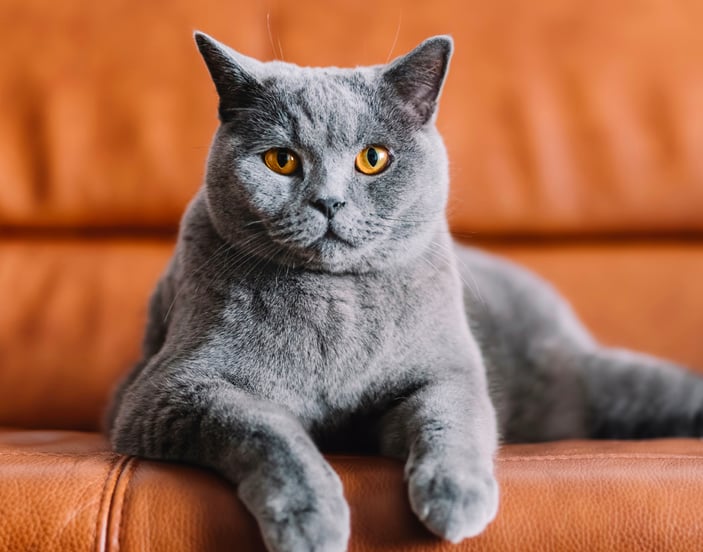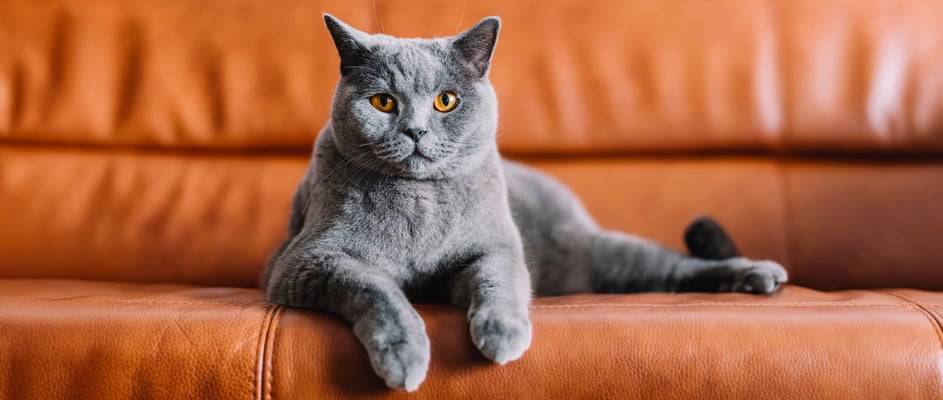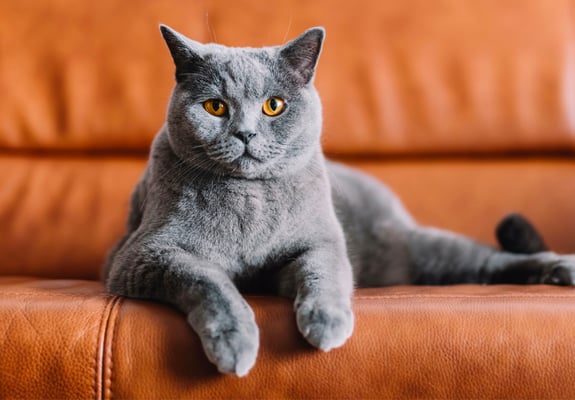The guide to owning a British Shorthair.
Looking to welcome a cat into your home but not sure where to begin? Welcome, you’re in the right place. Secure a no-obligation quote with Waggel to make sure your new friend gets the cover they deserve.
Jump to:
Stats at a glance.
The British Shorthair cat stands as one of the oldest recognised cat breeds in the world. If you’ve ever admired the Cheshire cat from Alice’s Adventures in Wonderland, you’ve beheld a fictional cousin of this friendly cat breed.
From their dense coat to their round, teddy bear face, the British Shorthair cat breed enchants owners with a blend of calm dignity and gentle warmth.
Below, we’ll dive into key breed information, cover essential cat care tips, and explore whether the British Shorthair is the right pet cat for your household.
History of the British Shorthair.
Experts thought that these domestic cats descended from those brought by Roman invaders who invaded Great Britain in 43 AD.
Over centuries, these hardy felines intermingled with local stock, gaining the robust physique we associate with British Shorthairs today.
The first organised cat show took place in the 19th century under the banner of the Cat Fancy, showcasing Britain’s beloved cats.
Breeders then refined the shorthaired cat into the plush, sturdy cat we now treasure.
Such was its popularity that the cat fanciers and the Cat Fanciers Association championed its status as a popular cat breed.
When we say “British Shorthairs become national icons,” we’re really not joking.
They’ve starred in everything from adverts to major cat competition rings and remain a firm favourite among cat fanciers worldwide.
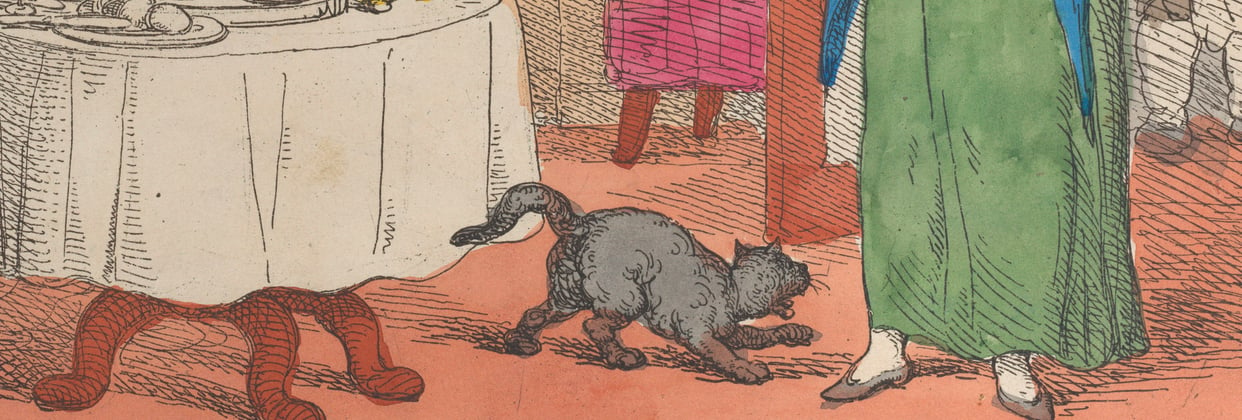

Physical characteristics.
This popular pedigree cat is firmly built, with a broad chest and sturdy limbs.
Their large, round eyes catch light and often range from golden to copper, although some lines sport vivid blue or even green.
Their faces are round and full-cheeked, lending them that signature “teddy bear” appeal.
The texture of the coat is famously plush.
They come in many colours, including classic British blue, tortoiseshell, tabby, and more.
No matter the hue, people often describe this large cat as “cuddly,” but keep in mind that the
British Shorthairs’ dense fur needs the right maintenance to keep its soft bounce intact.
Colours and patterns.
Though the blue British Shorthairs are iconic, don’t overlook the variety of lucky owners with ginger, white, or tortoiseshell coats.
British Shorthairs may carry interesting markings too—like a tabby pattern or bicolours.
Over time, breeders have endeavoured to preserve the thick shorthaired cat appearance while introducing new coat colours.
Because this is a popular breed, you may spot them in cat shows run by the International Cat Association or local clubs under the Cat Fancy banner.





Temperament and personality.
One of the biggest draws of the British Shorthair is how they enjoy affection but aren’t needy.
You’ll likely see them following you with sweet interest, but remember that this cat isn’t needy and dislikes being carried for too long.
They’re a relatively easy-going bunch.
They are not typically clingy lap cats, though they do adore a soft sofa corner or a cosy spot by your feet.
British Shorthair loves a warm greeting, but they may experience seasonal shedding or occasional bursts of energy.
However, males are often more playful, and more rambunctious (though some may remain quite mellow).
Females can be active yet you may see more reserved females—or vice versa—every cat has its own traits, but a general rule is that boys can be a bit more sociable.
If you want a friendly companion but also value independence, the British Shorthair is an easy fit.
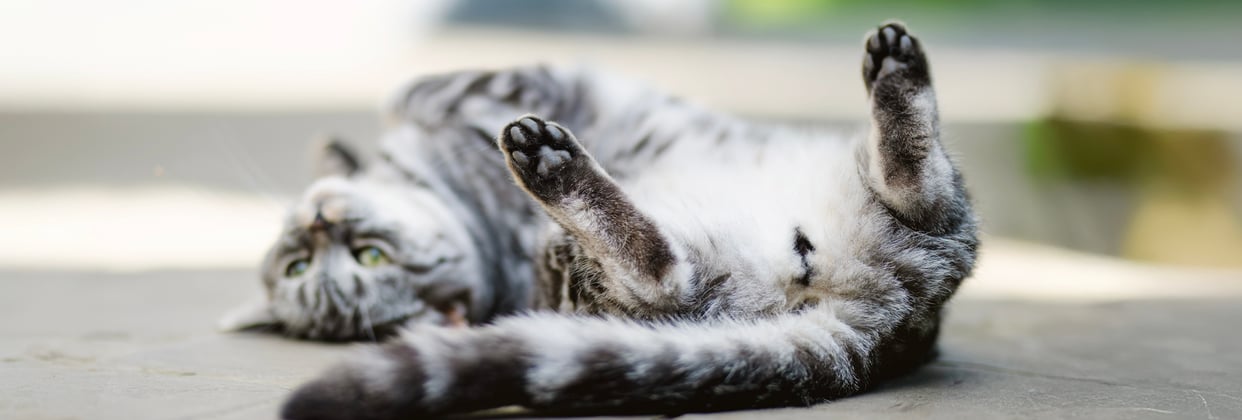

Health considerations.
As a healthy breed, British Shorthairs still face a few common health concerns.
One is hypertrophic cardiomyopathy, a heart condition seen in various breeds like the Maine Coon or forest cat types.
The testing for this can cost around £50, but treatment costs are significantly more.
Regular vet checks can help ensure early detection if your companion is diagnosed with the condition.
Another issue is kidney disease, occasionally linked to polycystic kidney disease, in which cysts form in the kidneys. Chronic kidney disease can cost £1500/year to treat. Acute Kidney Failure. costs around £3500.
Reputable British Shorthair breeders often test their lines for signs of PKD to produce healthier British Shorthair kittens.
Note their tendency to put on weight if overfed, given their calm demeanour and super cute eyes, you might not be able to say no.
It’s best to keep them at a healthy weight to avoid stressing joints or triggering other issues.
If you notice excessive shedding or grooming concerns, you might want to read about “Cat Grooming Guide Tips” for guidance.
For a fuller view of cat healthcare expenses, you might like to see “Do I Need Pet Insurance?”.
If you have cover, one tip is that when planning visits to the veterinary clinic, ensure you share any changes in behaviour or appetite, as British Shorthairs can be stoic.
Living with a British Shorthair cat.
These plush companions follow you from room to room, but they’re not constantly in your lap.
If you have children or other pets, a well-socialised British Shorthair can adapt quite nicely, thanks to its patient cat personality.
Because they’re gentle but sturdy, they often fit well into the household routine.
Though they may not scramble up cat trees in a frenzy, they do enjoy a vantage point.
They also appreciate play sessions, but in moderation—don’t expect them to run marathons daily.
If you have concerns about leaving them alone, remember that the British Shorthair is independent enough to entertain itself for a reasonable period.
However, we still recommend visiting or engaging them regularly to keep boredom at bay.


Grooming and care.
Weekly brushing will suffice for removing loose hairs—though they may experience seasonal shedding in spring or autumn.
A gentle comb or soft brush can do wonders for that plush coat, helping remove loose hair and reduce hairballs.
Nail care: Keeping nails trimmed and offering scratching posts is essential.
Bathing: They rarely need a bath unless the coat is particularly soiled.
Dental health: Regular teeth brushing can help ward off gum issues.
If you suspect ear problems or an odd odour, see “Cat Ear Infection Signs & Treatment” for pointers.
Remember, every cat deserves consistent grooming for a contented life.


Diet and exercise.
These domestic cats are slow to mature, reaching full size around age three or four.
During kittenhood, proper portions of high-quality cat food are vital.
Overfeeding can steer them into unhealthy weight gain.
Opt for feed formulated for weight management if your cat leans toward portly.
Ensure they stay hydrated with fresh water.
While they don’t demand intense exercise, interactive wands, small fetch toys, or even puzzle feeders can keep them active.
Regular moderate play (about 20-30 mins daily) supports a healthy weight and entertains this affectionate cat.
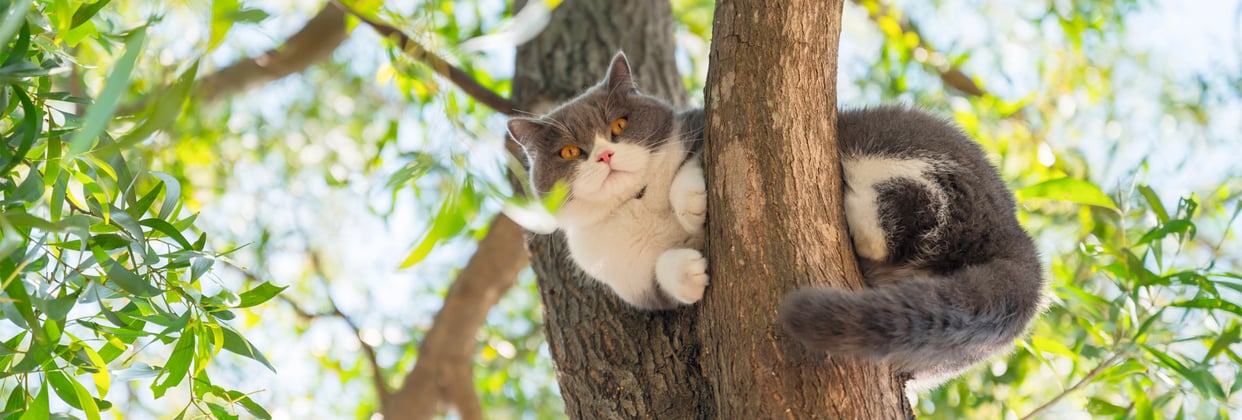

Is a British Shorthair right for you?
Are you drawn to a blue cat with a calm, dignified manner?
Do you prefer a cat that enjoys affection but isn’t needy?
Then a British Shorthair might well be your dream match.
They suit families, singles, and seniors alike.
They’re tranquil enough for quiet homes and hearty enough for those with children.
If you do decide to seek kittens for sale, look for ethical breeder listings or consider rescue.
Either way, ensure your new companion has had the recommended check-ups or genetic screenings for health condition risks like polycystic kidney disease or hypertrophic cardiomyopathy.
We also suggest reading up on insurance options through Waggel’s Site to manage unexpected vet costs.
That way, you can keep your cat safe while safeguarding your wallet.
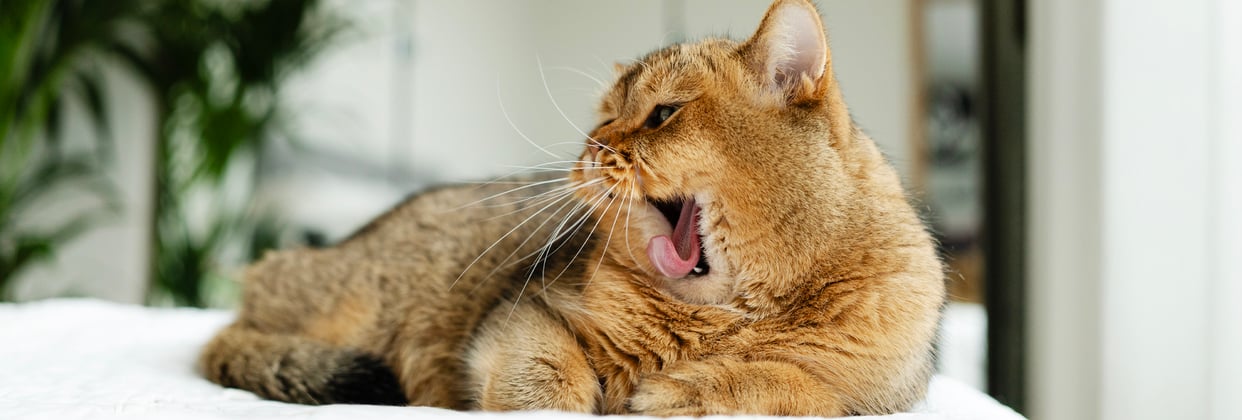

Frequently asked questions.
Is a British Shorthair hypoallergenic?
No cat is fully hypoallergenic. The British Shorthair’s coat can create dander, though some owners find them easier on allergies because of minimal daily shedding. Reactions vary per individual.
How do I choose a British Shorthair kitten?
Look for reputable British Shorthair breeders who screen for common health issues (like PKD). Ask questions about the parents, check living conditions, and see if they’re part of the Cat Fanciers Association or a similar group.
Are British Shorthairs good family pets?
Absolutely. They tend to be an affectionate cat that adapts well to children or other pets, provided everyone’s introduced gently. Just be mindful they dislike being carried too much.
What is the price of a British Shorthair cat?
Costs vary, often from several hundred to over a thousand pounds, depending on lineage, demand, and location. Show-quality kittens for sale can be higher, especially for rare colours.
Do British Shorthairs get along with dogs?
Yes, if socialised properly. Their calm nature can mesh with well-mannered canines. Always supervise initial introductions to keep interactions positive.
Do British Shorthairs need outdoor access?
Not necessarily. Many live happily indoors, especially with enrichments like cat trees or toys. If you allow limited outdoor time, try a secure garden or supervised walks to ensure safety.
Pet insurance for British Shorthairs.
Living with a British Shorthair cat can be a delight.
They’re an affectionate cat that respects your space, loves gentle engagement, and keeps drama to a minimum.
Whether you adopt a British blue or a striking tabby, you’ll be adding a poised companion to your home.
If you’d like more insights on covering vet costs, see our “Different Types of Pet Insurance” breakdown.
And for everything else, from grooming to nutrition, keep exploring tips at Waggel’s blog.
